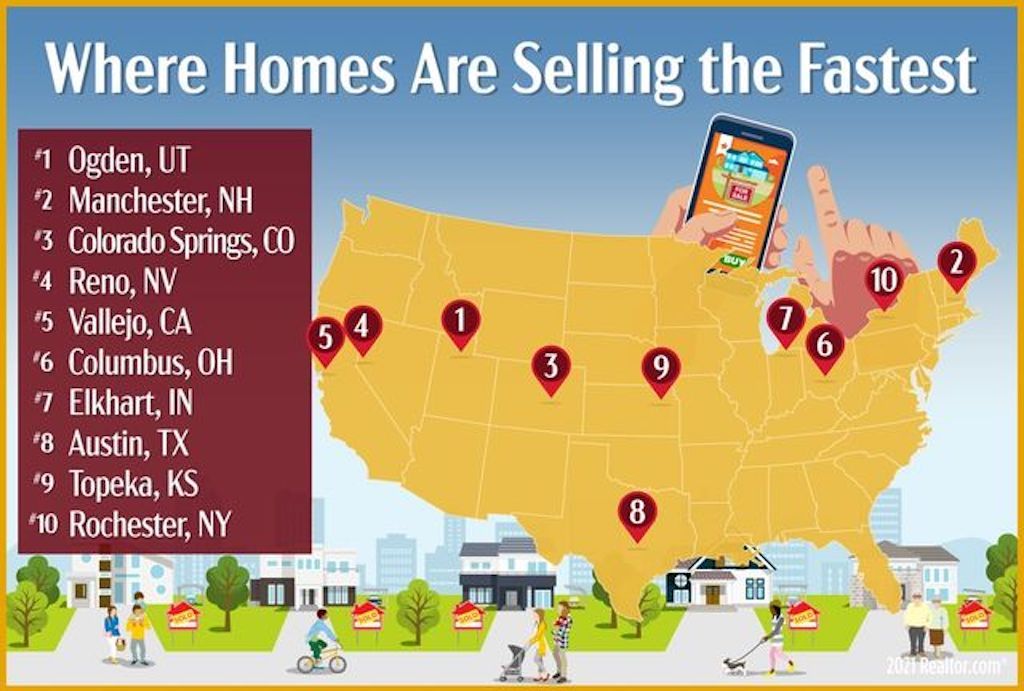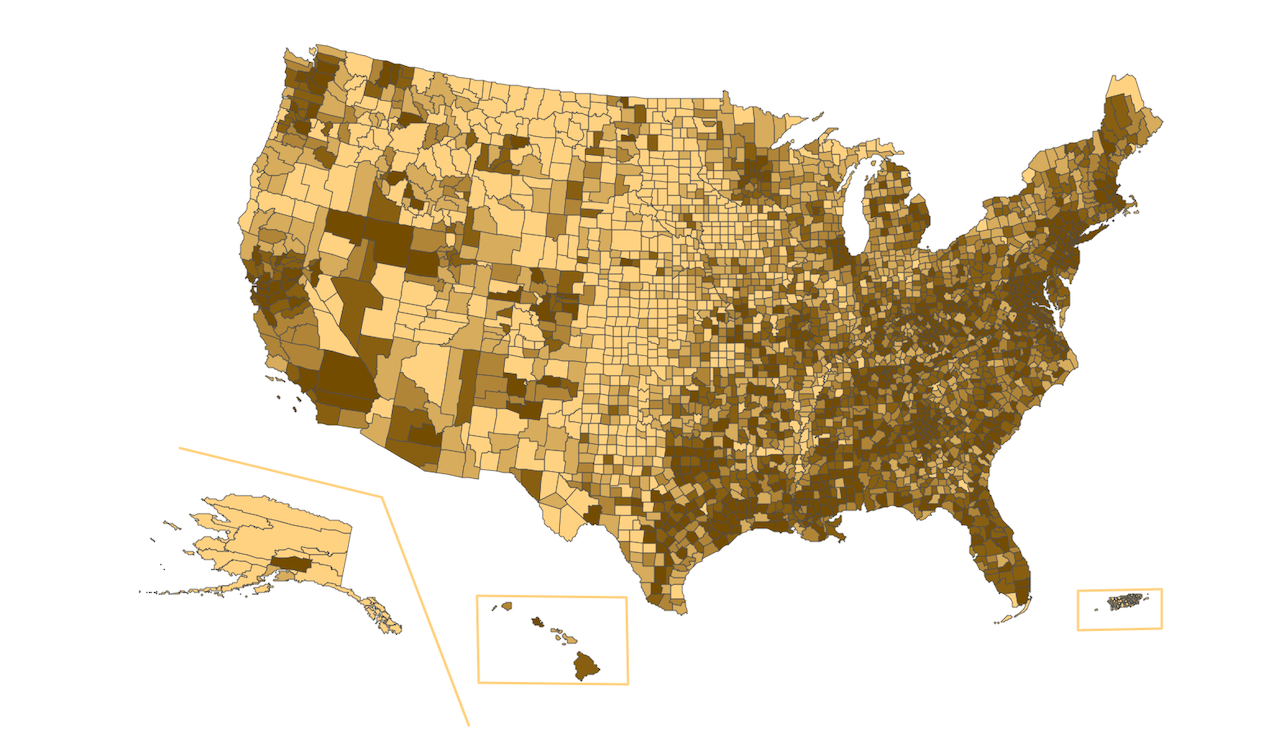Land
Metro Magnetic: Pencilling How Much Commute Will Compute
Land acquisition strategy's challenge of the moment is to decipher signals vs. noise, reactiveness vs. initiation, impulse vs. intention as households shape geography's future.
The math of geography is one of our economy's black-box mysteries of the moment. Nothing matters to business stakeholders in the world of residential real estate and construction as an answer to the question "where?"
Except, maybe, the answer – simultaneously – to the question, "when?"
The math of the geography gets tricky, dicey, and risky when answers to the one-word questions, "who" and "why" factor in. Fun, no?
The National Association of Realtors' Realtor.com correspondent Elena Cox is all over where – which markets are trading fastest, based on number-of-days-listed-for-sale-on-the-market averages in a hyper-kinetic housing backdrop.
Cox's narrative notes that, all things being equal in light of seasonality norms, the fastest paced metros of the moment have the juice to reach even more scorching momentum in the months ahead.

Four of the five fastest-moving metros on our list were located in the Western U.S., as Californians who find themselves being able to work from anywhere looked for more affordable alternatives. Some parts of the Midwest and Northeast are also seeing homes move at a fast clip. That’s notable because these areas don’t usually heat up until the summer months ahead of the back-to-school season. Because of this, Realtor.com economists forecast these markets could grow even hotter in the coming months.
One can't help but think, however, of current-state activity as broadly fitting a pattern of behavioral reaction, with a combination of pandemic, interest rates, and millennial internal biological-clock-ticking as catalysts.
A National Association of Home Builders quarterly analysis of new housing development activity, the NAHB Home Building Geography Index, contains hidden gems and data that get at more structural insight into the tricky, dicey, and risky math of geography.

“The first quarter HBGI indicates that home building not only continued to overperform in lower cost markets like suburbs and exurbs, but also expanded the most rapidly for single-family and multifamily construction in areas with the shortest commutes,” said NAHB Chief Economist Robert Dietz. “As workplaces increasingly adopt hybrid work models for roughly 30-40% of the American workforce, renters and buyers will have increased market power to minimize travel times and reduce both housing and transportation cost burdens.”
With a nationwide mean commuting time of 26 minutes, the latest HBGI shows that single-family home building was the highest in the top two (longest) commute quintiles, with a combined market share of 63.6%. Growth in the first quarter of 2021, however, was strongest in the bottom quintile (shortest commutes), with four-quarter moving average year-over-year growth rates of 22.2%.
In other words, while longer-commute areas have a much greater market share in single-family home building, the single-family construction growth rates in the first quarter of 2021 were strongest in the areas with the shortest commuting times.
People – the ones in households both in the throes of real estate's seismic reactiveness to boom and bubble forces and ones trying to reasonably calculate their longer-term housing needs – are attempting to strike an intricate balance.
It's the housing version of a broader work-life equilibrium, calculated for commute time, remote work options, and family priorities.
Land acquisition people have some difficult data threads to pick up, act on, and secure, all amidst one of housing's noisiest eras in memory – including the bubble of the first decade of this Century.


